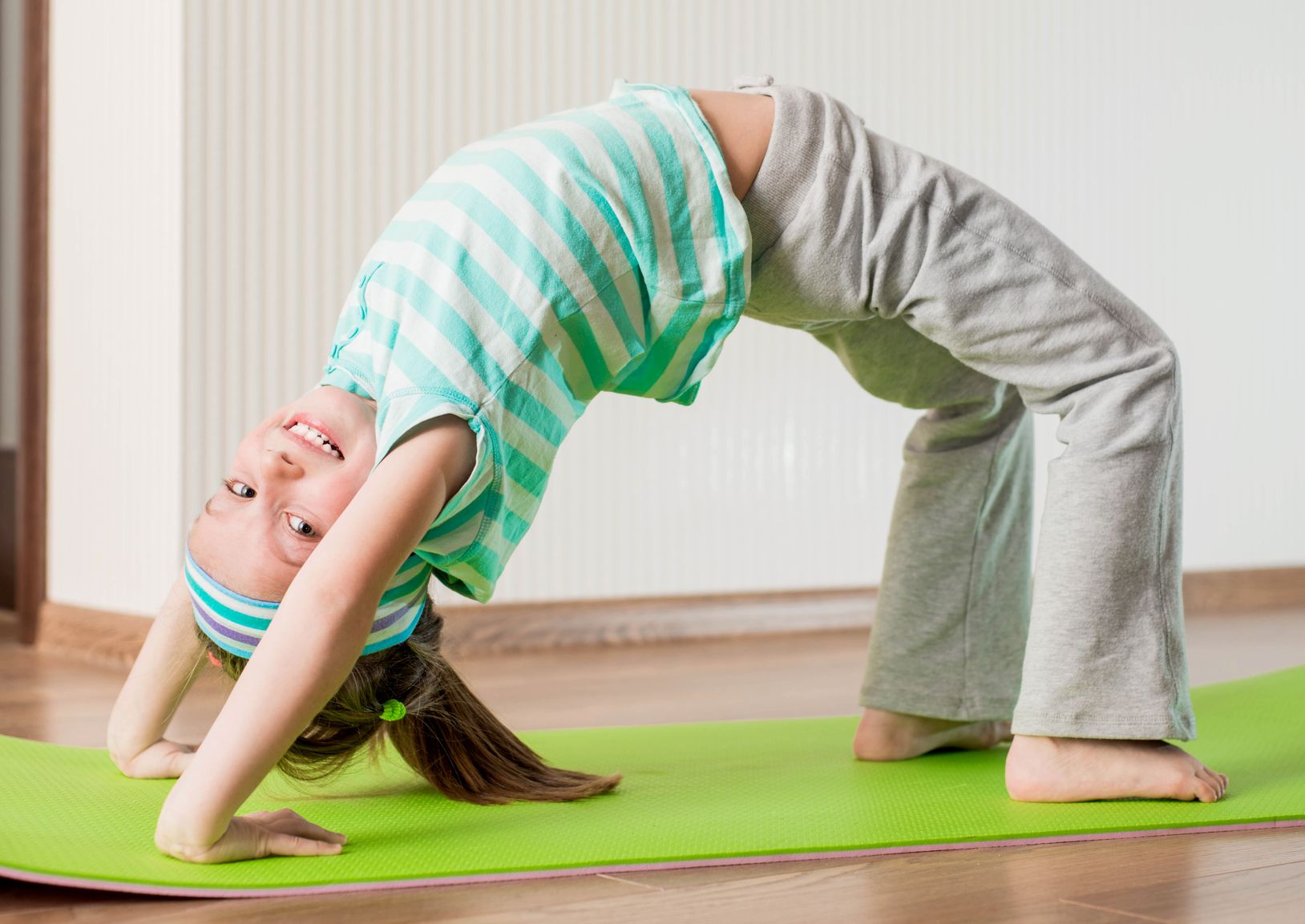Why Yoga Is For You, Even If You Can’t Get Your Feet Behind Your Head
April 25th, 2017
I have a confession to make: my initial reasons to try out yoga were not very sophisticated, and certainly nothing spiritual or holistic. I had heard that it was good for you, I wanted to tone up, and it sounded interesting. The first class I attended was at the local gym, and I was instantly hooked. It was everything I had hoped for, and unlike other exercise classes (that felt more like punishment), yoga was fun!
Fast forward 14 years and I’ve now not only expanded the range of types of yoga I enjoy, but have also been teaching for four years. So what is it about yoga that keeps you engaged?
At its simplest level, yoga is the physical practice of placing the body into different positions (asana). We then feel how we react to those positions, exploring the body, finding what you are capable of. The different asana can have a wide range of benefits: the most obvious is increasing our flexibility, but the poses can also increase strength, balance and co-ordination. Poses also benefit inside our bodies where we can’t see the effects, such as improving our joint stability and mobility, encouraging a healthy heart, and building stronger bones.
At a deeper level yoga combines the physical posture practice with an awareness of the flow and quality of our breath. The breath can tell us about the internal state of our bodies. Short shallow breathing can indicate stress and tension, with the body being over-stimulated and stuck with fight-or-flight mechanisms engaged. In yoga, encouraging a full easeful breath while we practice helps turn our rest-and-digest systems back online. The body is no longer primed for action, and can devote resources to nurture and heal. Specific breathing practices (pranayama) can further affect our bodies and minds, such as by influencing our blood pressure and heart rate. Pranayama can also modify our energy levels, calming or energising depending on what we need.
Breath awareness married with asana turns yoga from an exercise class we inflict on our bodies into a holistic, listening, kinder place where we are practicing with our bodies. Meditation and mindfulness practices are natural bed-fellows with the physical practice. Interestingly the oldest texts that mention yoga don’t devote much airtime to the asana practice, but do discuss meditation in great detail. In yoga we are working both physically and mentally to find a balance of strength and ease, totally integrated with our bodies in the present moment, letting go of the ego to just be with the movements of the pose and the flow of the breath.
The great thing about yoga is that we all start from where we are at – it is accessible to all. Many people worry they are not flexible enough to do yoga: this is like saying that you’re too dirty to take a bath! We do yoga to improve our flexibility, but the benefits we get from the practice are far beyond just flexibility, and are the same whether or not we can get our feet behind our heads (which is fortune for me, as I still haven’t mastered that one!). The more I do yoga the more I realise the practice is never about the external appearance, but the internal experience. The practice is a gift that can be trusted at any time of our lives.
Ann Morley runs her regular Flowing Yoga class at The Isbourne. See www.isbourne.org or www.annmorleyyoga.co.uk for more details.


